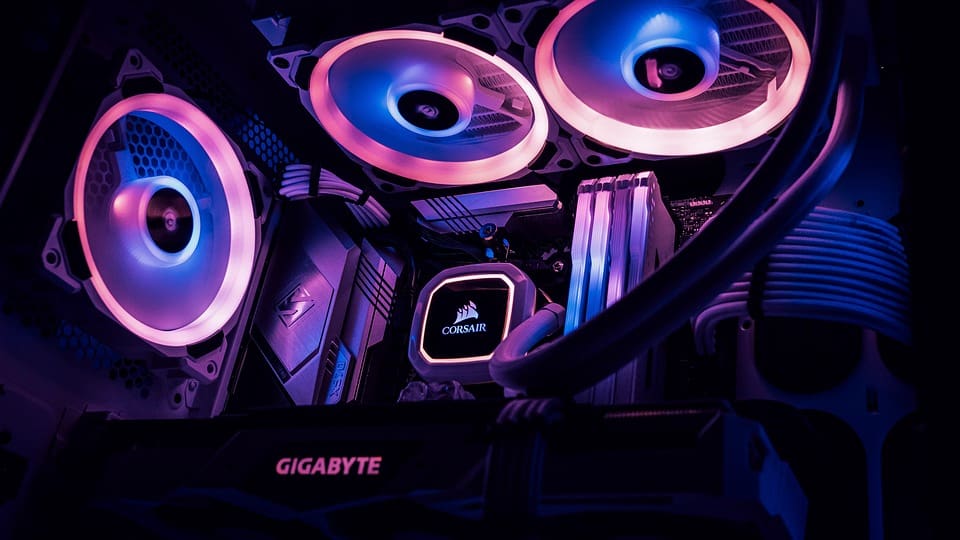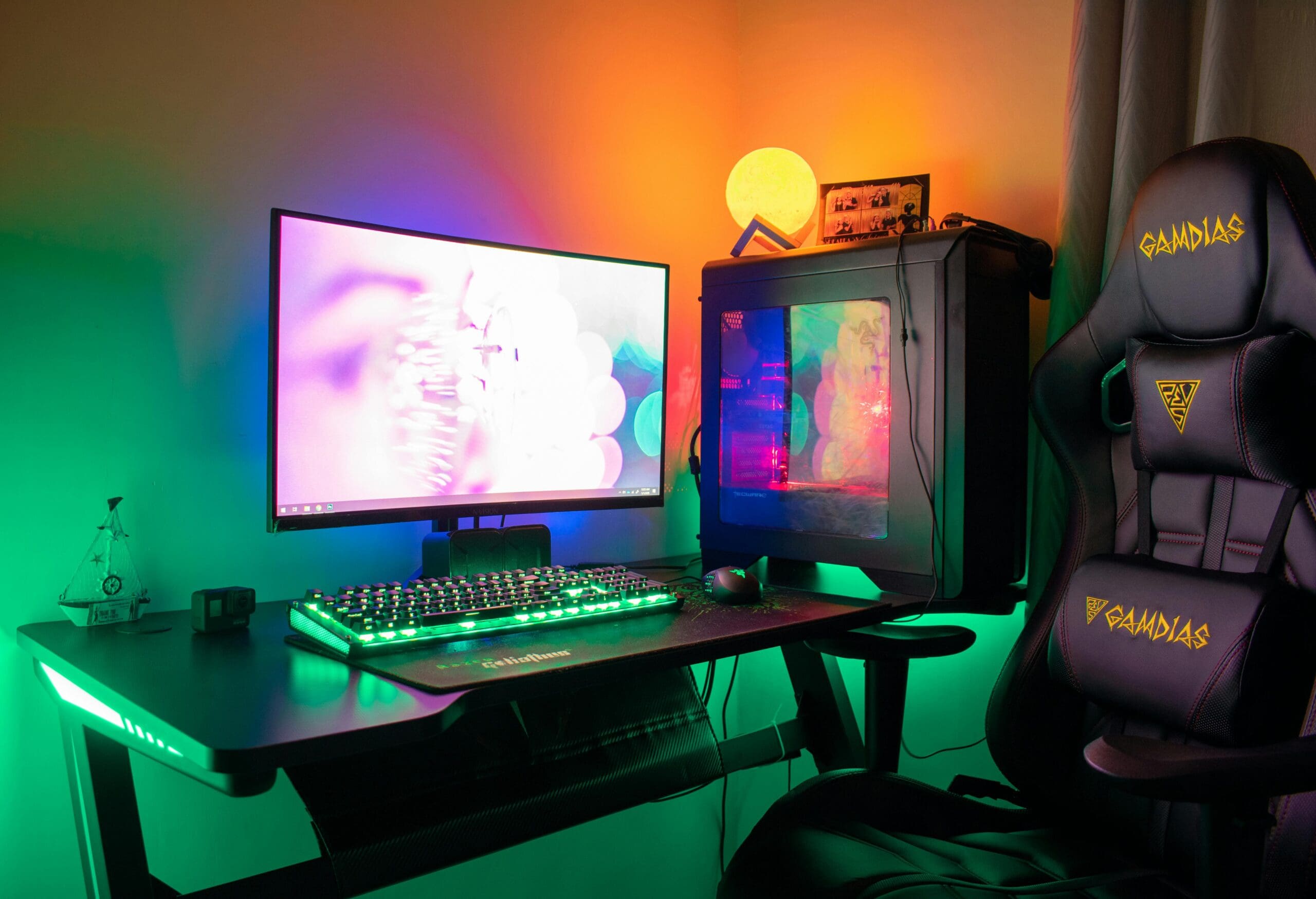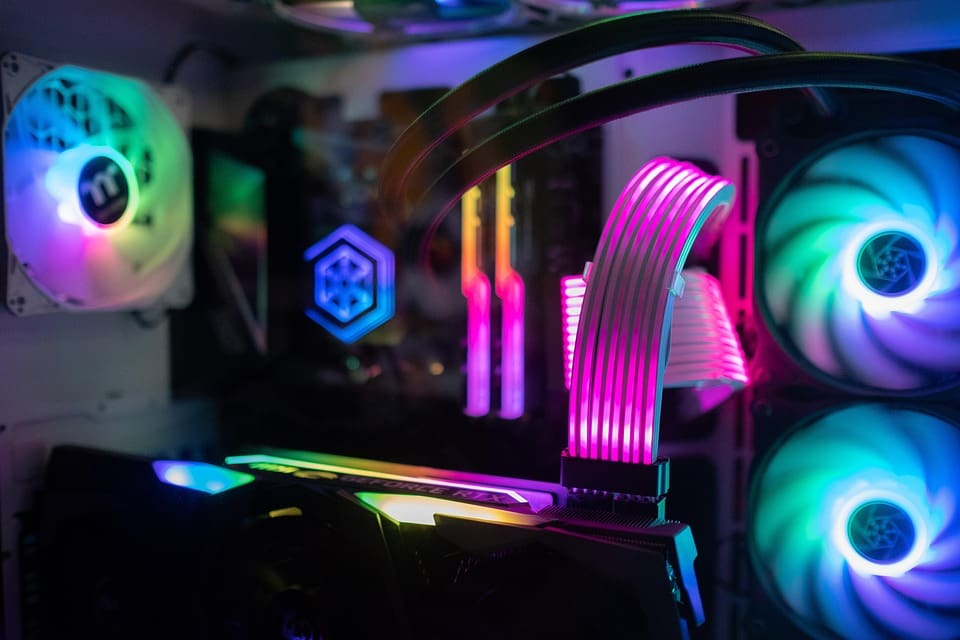Introduction
Gaming PCs require proper setup, optimization, and maintenance to perform at their best. In this guide, we’ll cover essential tips and tricks to help users maximize their gaming experience.
Why This Topic Matters
Understanding From Novice to Pro: Mastering the Art of Overclocking with This Easy Guide is crucial for PC gamers and builders. Poor setup or lack of knowledge can lead to performance issues, overheating, or hardware failures. Here’s why this topic is important:
- Performance Impact: How this affects FPS, load times, and system efficiency.
- Common Issues: What most gamers struggle with when dealing with this component or setup.
- Long-Term Benefits: How optimizing or maintaining this aspect improves PC longevity.
Step-by-Step Guide / Essential Tips
1. First Key Tip: Understand the Basics of Overclocking
Overclocking is the process of increasing the clock rate of a component, such as a CPU or GPU, to run it at a higher speed than its default settings. This can result in improved performance but also requires careful consideration to avoid damaging your hardware. Make sure to research and understand the risks and benefits before attempting to overclock.
2. Second Key Tip: Use Proper Cooling Solutions
Overclocking generates more heat, which can lead to instability and reduced lifespan of your components. Investing in a good cooling solution, such as a quality CPU cooler or GPU cooler, is essential to maintain optimal temperatures during overclocking. Consider liquid cooling or high-performance air coolers for more efficient heat dissipation.
3. Third Key Tip: Monitor Your System’s Performance
While overclocking can boost your PC’s performance, it’s important to monitor the temperatures, voltages, and clock speeds of your components to ensure they are within safe limits. Use monitoring software like MSI Afterburner or HWMonitor to keep track of your system’s performance and make adjustments as needed to prevent overheating or instability.
Common Mistakes to Avoid
- Not following best practices: Some users may overlook important steps or safety precautions when overclocking, leading to hardware damage or system instability. Always research and follow recommended guidelines to avoid common mistakes.
- Overlooking compatibility: It’s crucial to ensure that your components, such as your motherboard and RAM, are compatible with overclocking. Check your hardware specifications and make sure you have the necessary BIOS settings to support overclocking before attempting to do so.
- Skipping regular maintenance: Overclocking can put extra stress on your hardware, so it’s essential to perform regular maintenance, such as cleaning dust buildup, reapplying thermal paste, and checking for any hardware issues. Neglecting maintenance can lead to reduced performance or hardware failure over time.
Advanced Optimization Tips
For experienced users looking to take their overclocking skills to the next level, consider the following advanced optimization tips:
- Experiment with voltage settings to achieve higher clock speeds while maintaining stability.
- Fine-tune your overclocking profiles in the BIOS for more precise control over your system’s performance.
- Consider delidding your CPU for improved thermal performance, but be aware of the risks involved in this process.
Final Thoughts
By following these tips, users can improve their PC’s performance, longevity, and gaming experience. Whether they are beginners or experienced gamers, optimizing From Novice to Pro: Mastering the Art of Overclocking with This Easy Guide ensures smoother gameplay and better system stability.
💬 What has been your biggest challenge with From Novice to Pro: Mastering the Art of Overclocking with This Easy Guide? Let us know in the comments!


